We may earn money or products from the companies mentioned in this post. This means if you click on the link and purchase the item, I will receive a small commission at no extra cost to you ... you're just helping re-supply our family's travel fund.
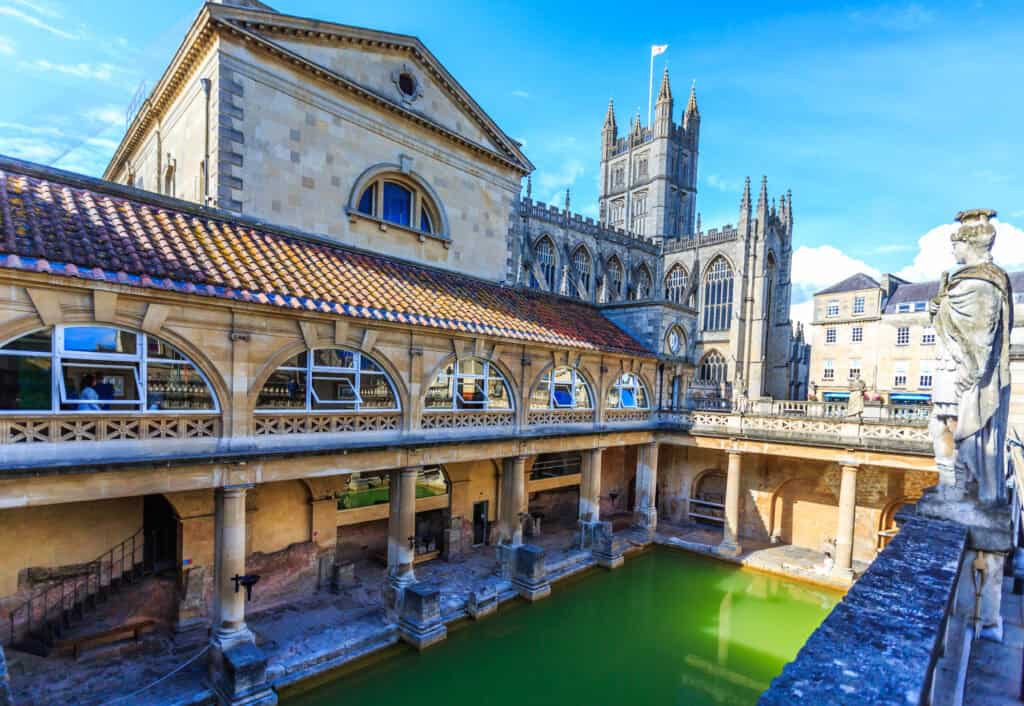
Across Europe, mineral springs have shaped towns into gentle rituals. Colonnades frame promenades, doctors share space with pastry chefs, and days unfold between steam, forest walks, and long lunches. The old prescription still works: bathe, breathe, sip, rest. Wellness here reads as habit, not hobby, and the architecture agrees. Domes soften the light, tiled pools keep a steady hush, and park paths invite unhurried miles. What follows is a circuit of places where water sets the tone and time remembers.
Bath, England
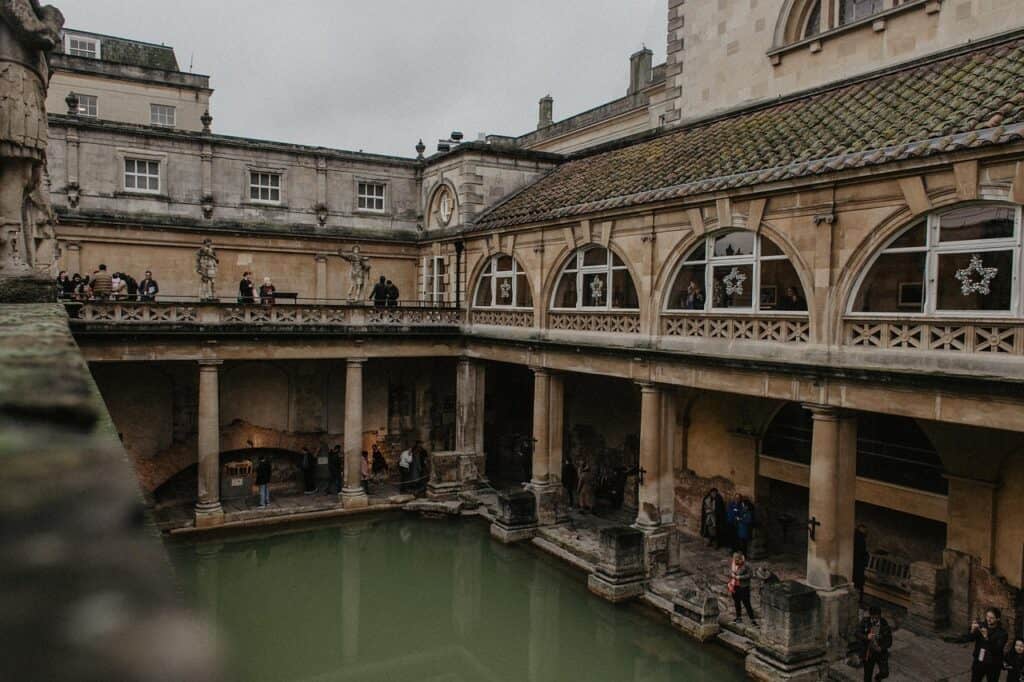
Roman foundations and Georgian crescents give Bath its steady grace, with warm waters rising beneath limestone streets. The modern complex continues a two millennia habit, pairing rooftop pools with city views and quieter thermal rooms below. Mornings begin in honey light, then wander to tearooms and bookshops near the Abbey. Evenings slip into theater, music, and short walks along the Avon. Wellness here is civic, social, and politely woven into daily life.
Baden-Baden, Germany
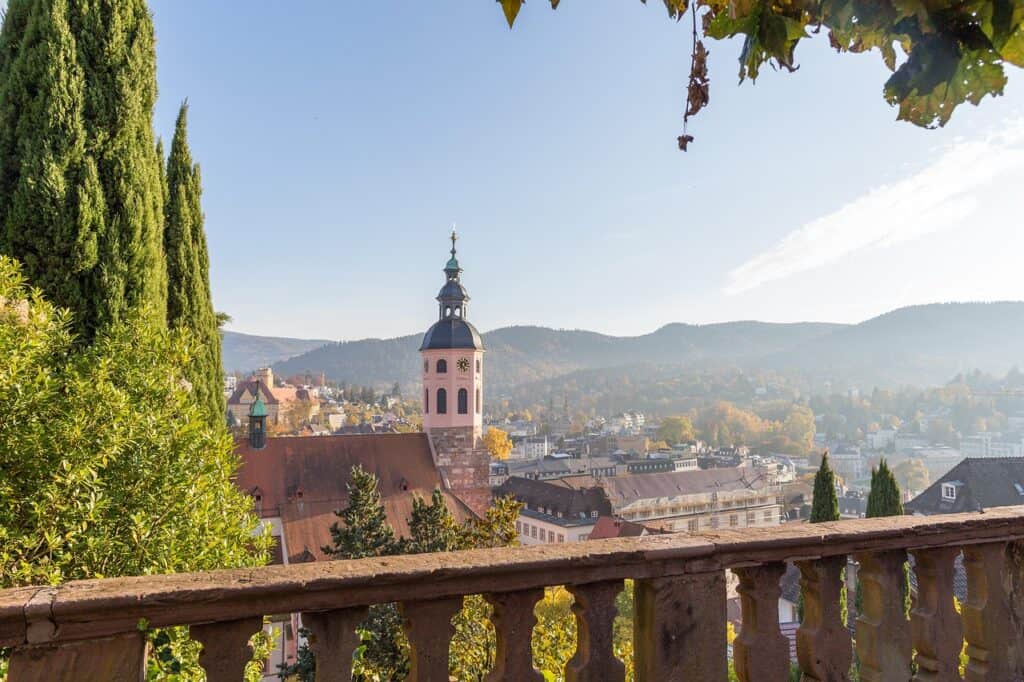
At the edge of the Black Forest, this spa capital balances grand hotels with clinical precision. The historic bathhouse keeps ritual alive with pools that step down in temperature, while the contemporary complex introduces light, glass, and thoughtful quiet. Trails reach into fir and beech, returning past villas and galleries to a town that moves at a conversational pace. Mineral heat meets mountain air, and the combination feels both measured and indulgent.
Karlovy Vary, Czech Republic
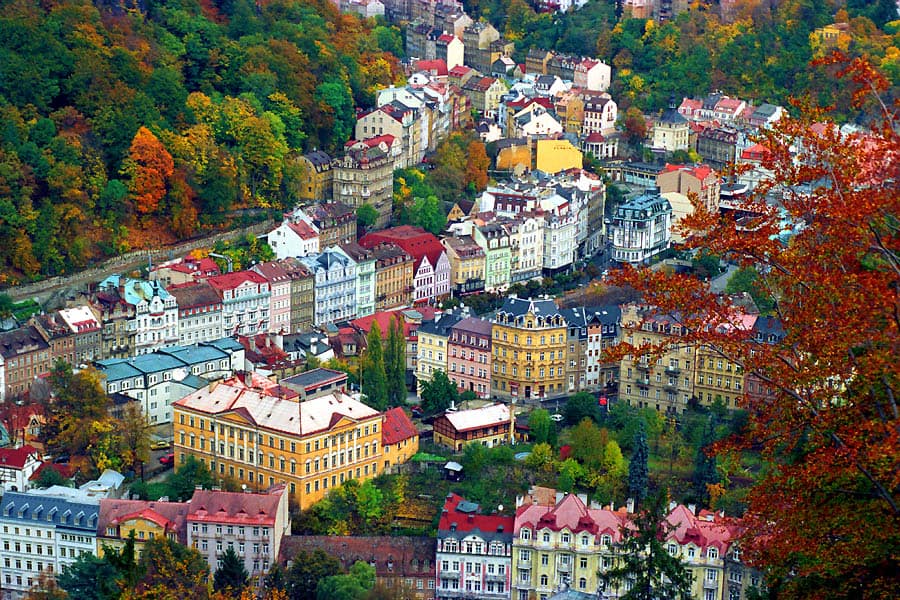
Colonnades arc over steaming fountains, each spring tagged with numbers and temperatures that locals know by heart. Sipping cups line the promenades, and the river mirrors pastel facades that once hosted composers and czars. Treatments focus on digestive health and gentle walking, with hill paths posting more views than demands. Wafer stands perfume the air, and evenings drift into small theaters and cafés. The town treats wellness as choreography learned over centuries.
Mariánské Lázně, Czech Republic

Parks spread like fabric across low hills, stitched with pavilions and a cast iron colonnade that sings at set hours. Springs vary in taste and purpose, so regimens mix inhalations, carbonated baths, and easy miles under linden trees. Architecture keeps the mood light, with pale facades and high windows releasing fatigue. Golf courses and forest trails add quiet chapters to the day. The result is health by repetition, gentle and persuasive.
Budapest, Hungary
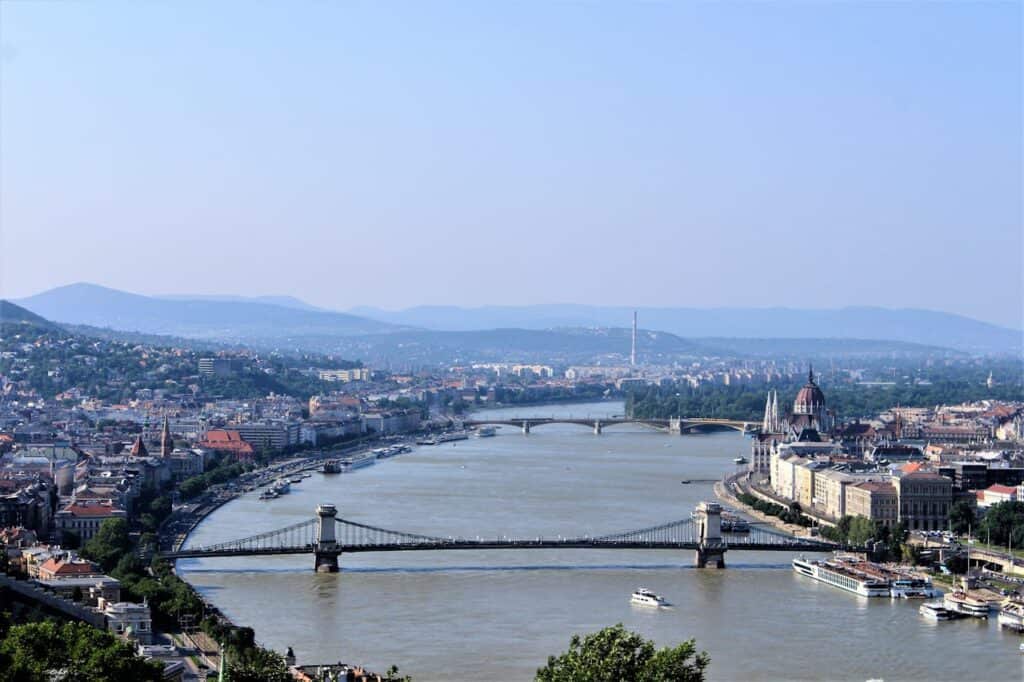
Thermal water rises everywhere in Budapest, feeding Ottoman domes and Art Nouveau palaces that glow in evening light. Locals treat bathing as public culture, complete with chessboards and winter steam above the courtyards. Modern wings add saunas, treatments, and lap lanes without disturbing the city’s unhurried cadence. Bridges lace the Danube, and a soak can frame a day of markets, galleries, and late supper. Wellness is simply how the capital conducts itself.
Vichy, France
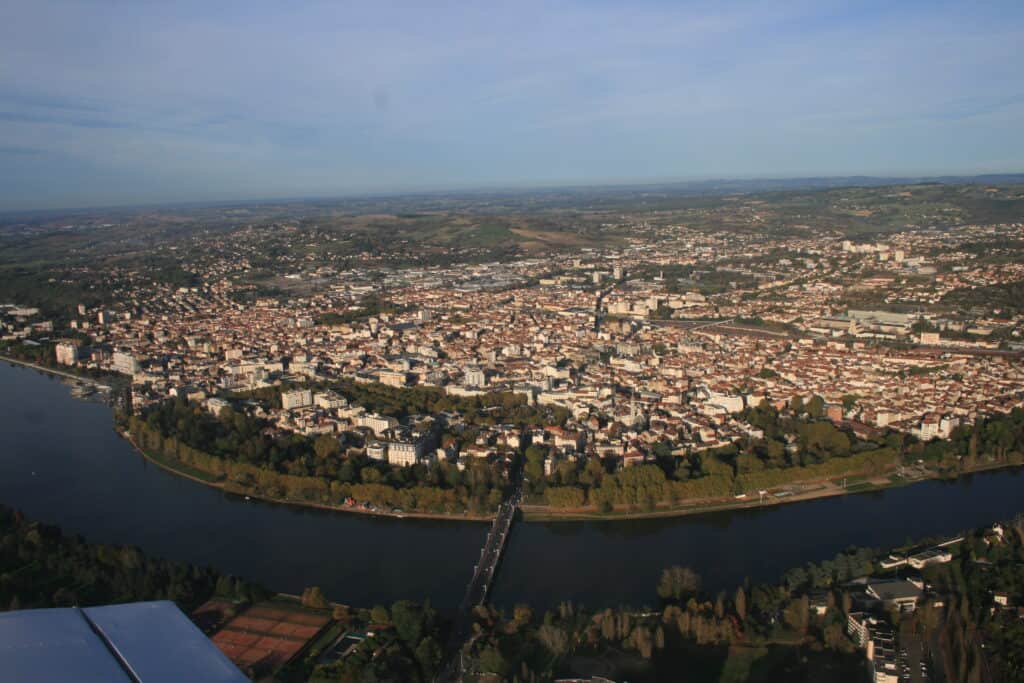
Belle Époque curves, tree lined avenues, and clear signage make Vichy feel like a well kept notebook. Springs target skin and digestion, and medical centers coordinate programs that pair bathing with diagnostics. The riverfront invites cycling and soft miles, while pastry shops lean into the lightness of recovery. Deco mosaics and pale stone lend calm to public buildings. Health here is administrative and elegant, managed with kindness and records.
Évian-les-Bains, France

Across from the Alps, Évian opens to a lake that sets the day’s color chart. Water culture runs from public baths to grand hotels, with a focus on hydration, hydrotherapy, and easy movement. Lakeside promenades encourage uncounted steps, and boats knit the shoreline into short adventures. The spa tradition sits comfortably with tennis courts, gardens, and clear air that smells faintly of wood and rain. Every plan seems to end near the water.
Wiesbaden, Germany
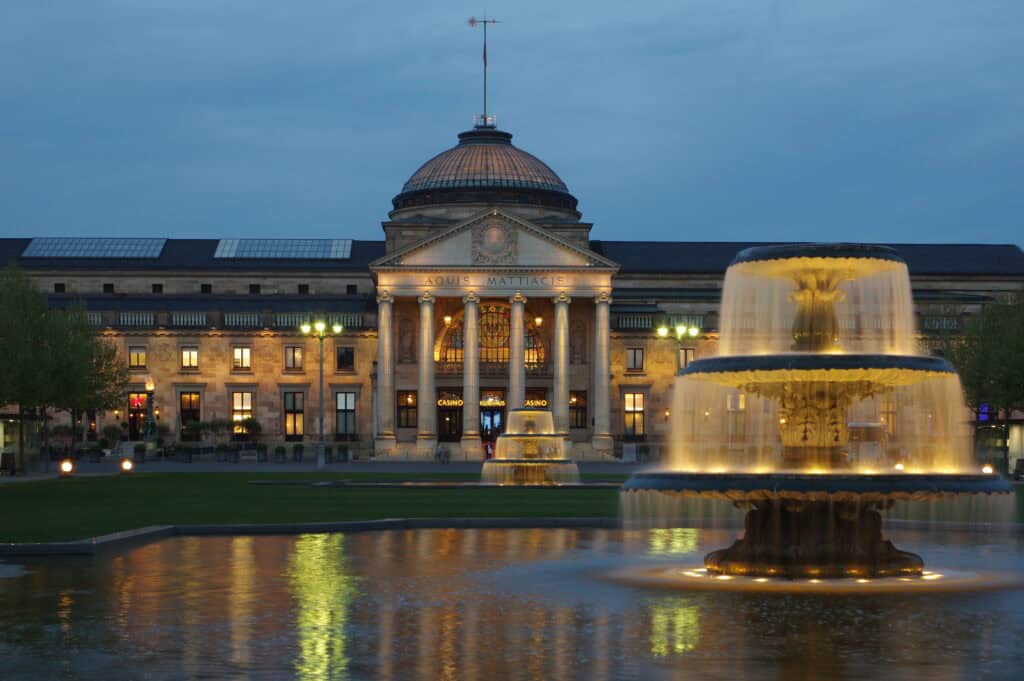
Springs bubble beneath a city that speaks fluent architecture, from neoclassical halls to quiet courtyards. Treatment centers keep medical standards high, while parks and arcades soften any clinical edge. The Kurhaus hosts concerts and gatherings, reminding visitors that wellness can be social and dressed for the evening. Forest paths rise behind town and return through villa districts. Heat, cool, and rest form a rhythm learned quickly and remembered well.
Baden bei Wien, Austria

Just beyond Vienna, this spa enclave offers thermal baths surrounded by rose gardens and cafés that respect unhurried hours. The small scale helps, with short walks linking pools, pastry, and theater. Beethoven worked here during summers, and the town still feels tuned to recovery and quiet focus. Programs favor circulation, gentle exercise, and long afternoons in light filled halls. Trains make the return to the capital simple, but staying feels wiser.
Hévíz, Hungary

Europe’s largest thermal lake steams through winter, its water rich with minerals and tiny movement from mild currents. Floating platforms and wooden galleries keep the mood calm, while doctors tailor programs for joints and spine. The town stays practical and friendly, more clinic than spectacle, with markets supplying fruit and simple meals. Evenings drift into lake walks and early nights. The therapy is elemental and convincing without flourish.